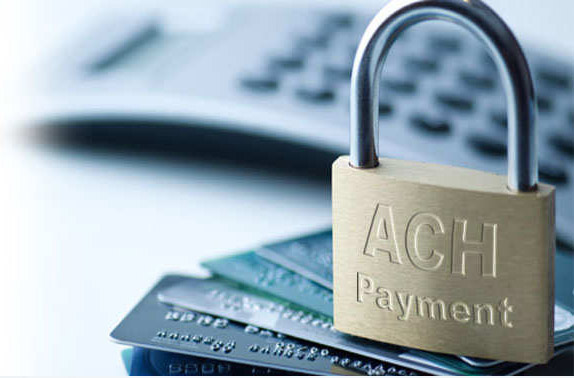ACH payment processing is a system that allows businesses and individuals to send and receive payments electronically. Payments are made through the ACH network, which is a network of financial institutions that enables electronic transactions.
To make a payment using ACH, the payer will first need to have an account with an ACH-enabled financial institution. They will then need to provide the payee with their account number and routing number. The payee will use this information to initiate the payment.
Once the payment has been initiated, it will be processed through the ACH network. The financial institution that holds the payer’s account will send the funds to the payee’s financial institution. The payee’s financial institution will then credit the payee’s account with the funds.
ACH payment processing is a safe and efficient way to send and receive payments. It is also less expensive than other methods of payment, such as wire transfer.
If you are a business that accepts payments, you can use ACH payment processing to streamline your payment process. You can also use it to reduce your costs. To learn more about ACH payment processing, contact a merchant services provider.
Types of ACH Payments
There are two types of ACH payments: direct deposits and direct payments.
Direct deposit is the most common type of ACH payment. It is used to deposit funds into a bank account. For example, many employers use direct deposit to pay their employees. Direct deposit is also used to deposit government benefits, such as Social Security payments.
Direct payments are used to make payments for goods and services. They are typically used by businesses to pay their vendors. ACH direct payments are also used to pay bills, such as utility bills and credit card bills.
How to Set Up ACH Payment Processing?
If you want to set up ACH payment processing, you will need to contact a merchant services provider. A merchant services provider is a company that provides businesses with the ability to accept credit card and electronic payments.
When you contact a merchant services provider, they will ask you for some basic information about your business. They will also ask you to provide them with your bank account information. Once you have provided the merchant services provider with this information, they will set up an account for you.
Once your account has been set up, you will be able to accept ACH payments. To do this, you will need to provide the payer with your account number and routing number. The payer will use this information to initiate the payment.
The payment will then be processed through the ACH network. The funds will be transferred from the payer’s account to your account. Once the funds have been deposited into your account, you will be able to use them.
ACH Payment Processing Fees
ACH payment processing fees are typically much lower than other types of payment processing fees. For example, credit card processing fees can be as high as 3% of the transaction amount. ACH payment processing fees are usually around $0.30 per transaction.
This makes ACH payment processing a very cost-effective way to accept payments. If you are a business that accepts payments, you should consider using ACH payment processing to reduce your costs.
ACH Payment Processing Limits
There are limits on the amount of money that can be sent through ACH payments. These limits are set by the Federal Reserve. The current limit is $25,000 per day.
If you need to send more than $25,000 per day, you will need to use a different method of payment. Wire transfers are one option. Another option is to send multiple ACH payments. Each payment will be subject to the $25,000 limit.
ACH Payment Processing Time
ACH payments typically take 3-5 business days to process. However, some banks offer same-day ACH processing. This means that the funds will be deposited into the payee’s account on the same day that the payment is initiated.
